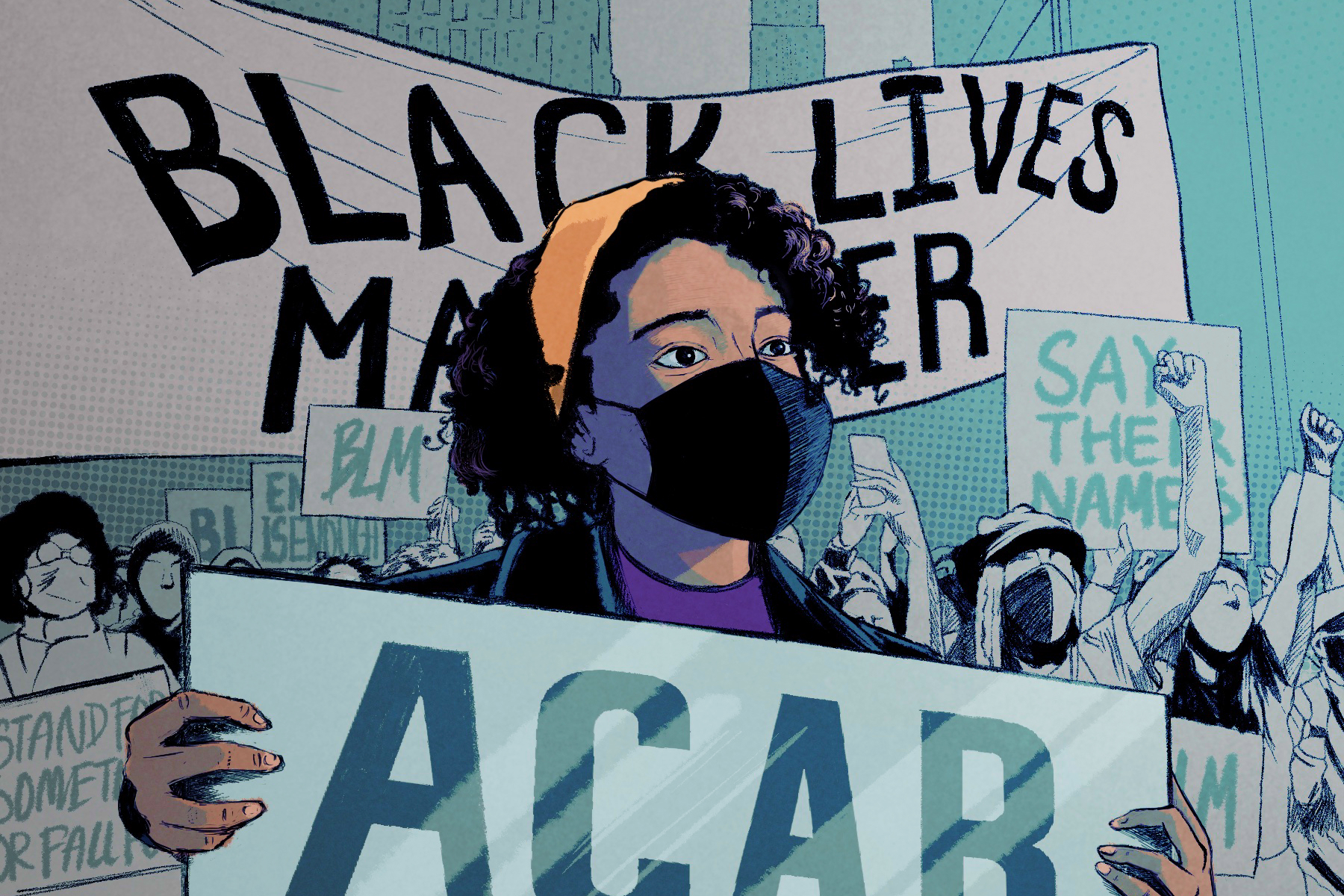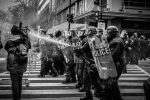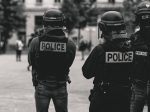The Black Lives Matter protests of 2020 attracted an entirely different wave of attention than had been previously garnered by the movement. Suddenly, people from diverse backgrounds showed support for the movement and condemned police violence. During this time, the use of the term “ACAB,” or “All Cops Are Bastards,” became widely popular. This phrase, while seemingly innocuous, works against the Black Lives Matter movement in a way many people have ignored.
To understand why the term “ACAB” is unproductive within the context of the Black Lives Matter movement, it is important to understand where the term originated. The phrase can be traced back to England around the early 20th century. At the time, it was used by the working class to express frustration with the police force during strikes. Eventually, the term became associated with punk and skinhead cultures.
It is important to note that both historically and in the present day, “ACAB” has been used by people on both the far right as well as the far left of the political spectrum. If this concept is confusing, it’s because it is. The application of “ACAB” to the Black Lives Matter movement is, at best, misplaced. This is because the implication of the term does not apply to — and moreover, conflicts with — the central message of Black Lives Matter.
Seeing how “ACAB” clashes with the Black Lives Matter movement requires a careful look at what the term implies. The term “All Cops Are Bastards” suggests that police officers are lowering the quality of the police system by behaving in a way that conflicts with the system’s original goal.
As applied to the Black Lives Matter movement, it implies that officers lower the quality of policing by enacting violence on people of color. Yet, it is impossible for officers to bastardize the institution of policing by committing violence against people of color because the police force as it exists in America was built on violence against anyone who was not white. One of the original goals of the policing system in America was to target and bring harm to people of color; thus, contemporary racist police violence cannot discredit the system when the system itself is merely operating the way it was intended to from the beginning.
One can gain a greater understanding of this concept when the history of policing in America is taken into account. The inception of the police force in America can be illuminated by two different theories. Both are true, yet one can more clearly explain how violence against people of color helped form the modern institution of policing. This theory recognizes that slave patrols provide the foundation for what would eventually become the formal policing system.
As the name suggests, the purpose of the slave patrol was to police slaves during the Antebellum era. Among its responsibilities were to check the paperwork of Black people in public spaces, prevent groups of Black people from gathering, and chase down Black people that fled plantations in search of freedom. The first slave patrol was formally established in 1704 in South Carolina, even if violence between the state and the enslaved had existed long before this.
The Civil War and the Reconstruction era marked a shift in which slave patrols became replaced with militias. These militias consisted of young and able-bodied white men that were expected to uphold the Black Codes, laws that restricted the ability of Black people to move freely in public spaces, own land and participate in other basic aspects of living as a citizen within the United States.
By the beginning of the 20th century, the police force that we recognize today had begun to take shape. The formal police force had developed and was expected to uphold state and federal laws; this included Jim Crow, which would last until the 1960s. When it is understood that the police force developed in part out of Antebellum slavery, it becomes easier to see that violence, discrimination and blatant racism are deeply rooted and inextricable elements of the police force.
The violence that we see enacted by the police and their associates such as the killings of George Floyd and Trayvon Martin are expressions of these elements. Thus, police violence toward the Black community actively upholds the original goal of the police force: to target Black people. This means that officers who carry out violence against the Black community are not bastardizing or diminishing the quality of a just system; rather, they are upholding a system that was built to oppress anyone who is not white.
The Black Lives Matter movement is, at its core, a response to the inherent violence of the American police force. The primary focus of the movement is how to dismantle or lessen the violence inflicted by the policing system in America as well as draw attention to the fact that these instances of violence exist. “ACAB” detracts from this because the goal of the phrase is essentially void. Since it is impossible for police violence to bastardize a policing system built on violence, the term is unproductive in fulfilling any goal related to justice for those affected by the system. Using “ACAB” in conjunction with “BLM” dilutes the message of the Black Lives Matter movement with nonsense when the movement has done a quality job of speaking for itself.

















